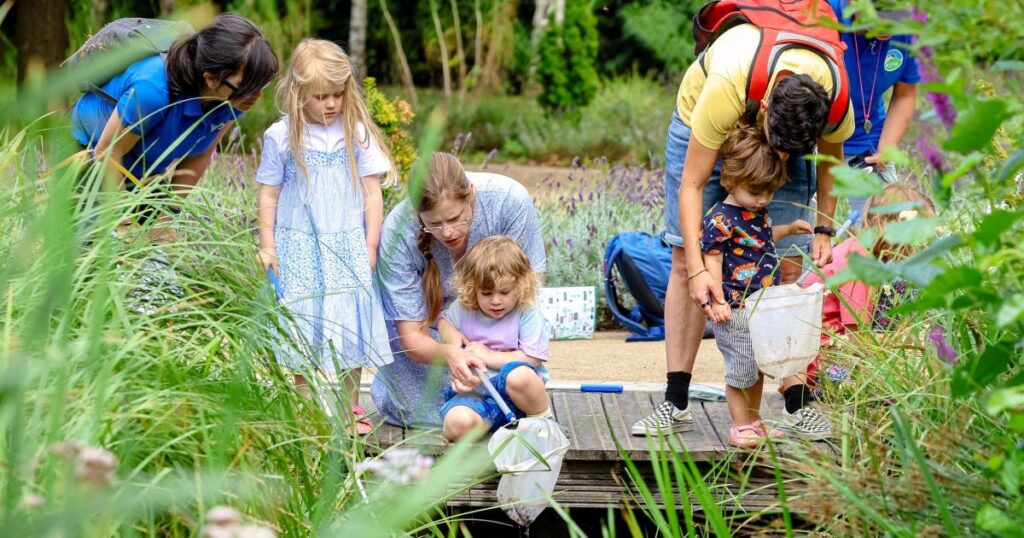The site was mostly industrial wasteland with contaminated soils, polluted waterways and extensive fly-tipped waste before the 2012 Olympic Games.
Now the 102 hectares next to the Lea River, between Stratford and Hackney Wick, are teeming with wildlife in the largest urban park created in Britain in more than a century.
The latest discoveries were made during a ‘Bioblitz’ biological survey by volunteers and experts from the London Natural History Society, UCL and nearby Hackney Council.
“I have been surprised at the biodiversity that’s evolved in such a short time,” the Olympic Park’s ecologist Tom Bellamy said. “That’s considering how polluted the ground was before the 2012 Games.”
He has been out with his camara recording new species such as bees, for example — coastal leafcutter, sickle-jawed blood and large sharp tailed.
Some 67 bee species have been recorded in the survey. These include the scarce black mining bee, the brown-banded carder bee and large scabious bee.
The survey also discovered the soft-wing flower beetle, found in East Village, which is internationally ‘red-listed’ as threatened with extinction across Europe.
The park was created in 2012 by the London Legacy Development Corporation. It’s chief executive Shazia Hussain said: “These extraordinary discoveries show what’s possible with green infrastructure.
“The park was meant to be more than just a legacy of the 2012 Games, to be a blueprint for how urban regeneration can create sustainable communities where people and nature thrive side by side.”
Other species new to the park found in the survey include the Ringlet butterfly, a green hairstreak butterfly, 23 species of lichen plants and 42 species of birds.
Volunteers have also spotted kestrels, house martins, sand martins, a breeding pair of kingfishers and the rare European otter.
Plant species include the scarce Jersey cudweed, which grows from cracks and is illegal to uproot without a licence.
All new developments around the park have ecology features in their construction and maintenance, such as pollinator patches and bird nesting boxes.




